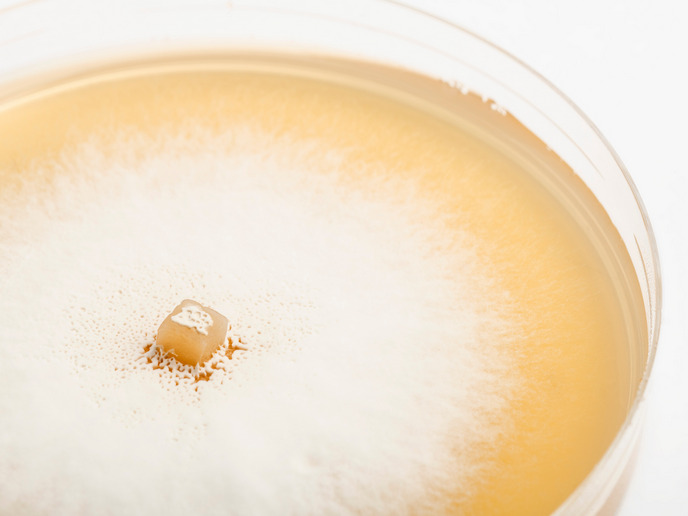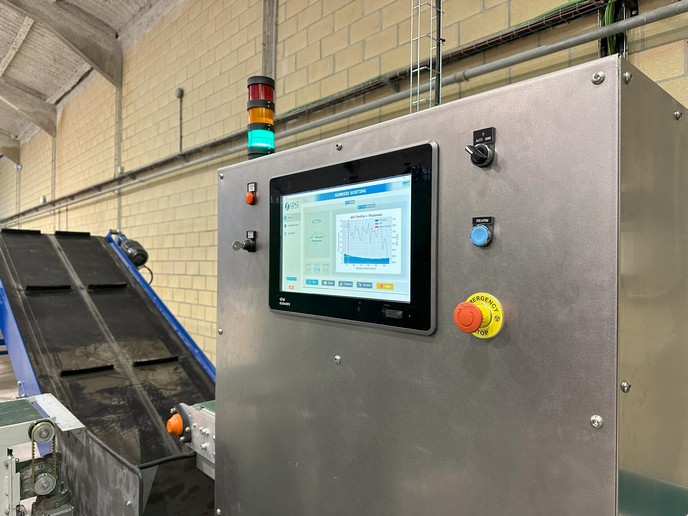Smart fibres for body temperature regulation
Although the human body normally regulates its own temperature, the thermal balance sometimes needs a helping hand, usually achieved by removing or putting on extra clothes. However, changing clothes is not always desirable or possible, as in an ongoing athletic event. Scientists set out to develop smart textiles capable of absorbing or releasing heat as needed for effective thermal management with EU funding of the project 'Novel temperature regulating fibres and garments' (NOTEREFIGA). The focus was on an interesting class of materials, phase-change materials (PCMs), that absorb and release heat when changing phase as in melting and crystallisation, respectively. Widely used for heat pumps, solar engineering and spacecraft applications, NOTEREFIGA have incorporated them into textiles for consumer use. In order to do so, two novel process technologies were employed. One focused on a technique called bi-component melt spinning, which produces fibres containing two components within the same filament (melt-spun fibres). In this case, scientists produced a core-sheath structure with the PCM in the core. The second technique employed direct addition of free PCMs to a cellulose fibre solution (wet-spun fibres). Researchers demonstrated large-scale manufacture of both melt- and wet-spun cellulosic fibres. The fibres were knitted and woven to create fabrics that can be dyed and finished with established technologies requiring minor modifications. Further, the fabrics retained their thermal properties after repeated wash cycles with no leakage of PCMs to the environment, an observation confirmed by a life cycle assessment that showed no negative environmental impact. Despite the excellent thermal properties, the psychophysical tests demonstrated that the sensation of thermal regulation was short-lived. Rather than increasing the weight of such garments with increasing quantities of PCMs, the consortium is currently investigating market opportunities in textiles of larger surface area such as blankets and bedding. NOTEREFIGA has made an important contribution to the knowledge base that will be required to incorporate PCMs in consumer fabrics. Further, novel process technology for fibre production has led to other applications as varied as health care products and artificial grass.







